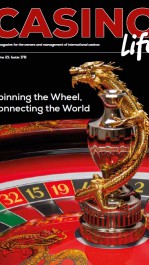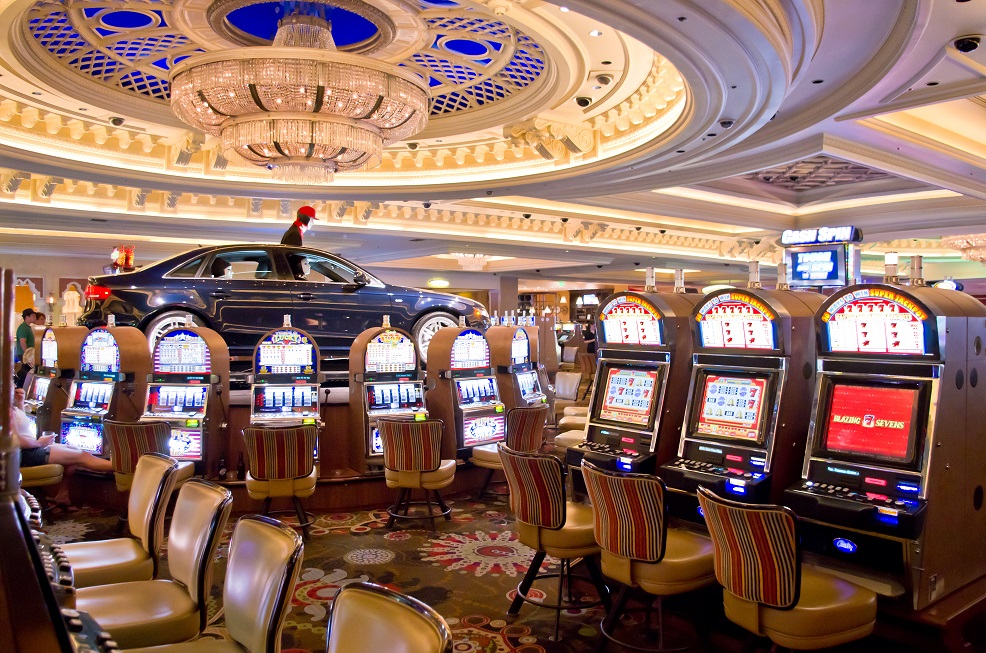
Walk into any casino and you will see lines and lines of slot machines being fed constantly by ardent gamers. Slots have also found their way into almost every pub, takeaway and taxi office in the UK, tempting us to give them a spin with their flashing lights and promises of big payouts. But where did slot machines come from, how did slots evolve, and why do they have such a strange range of symbols on them?
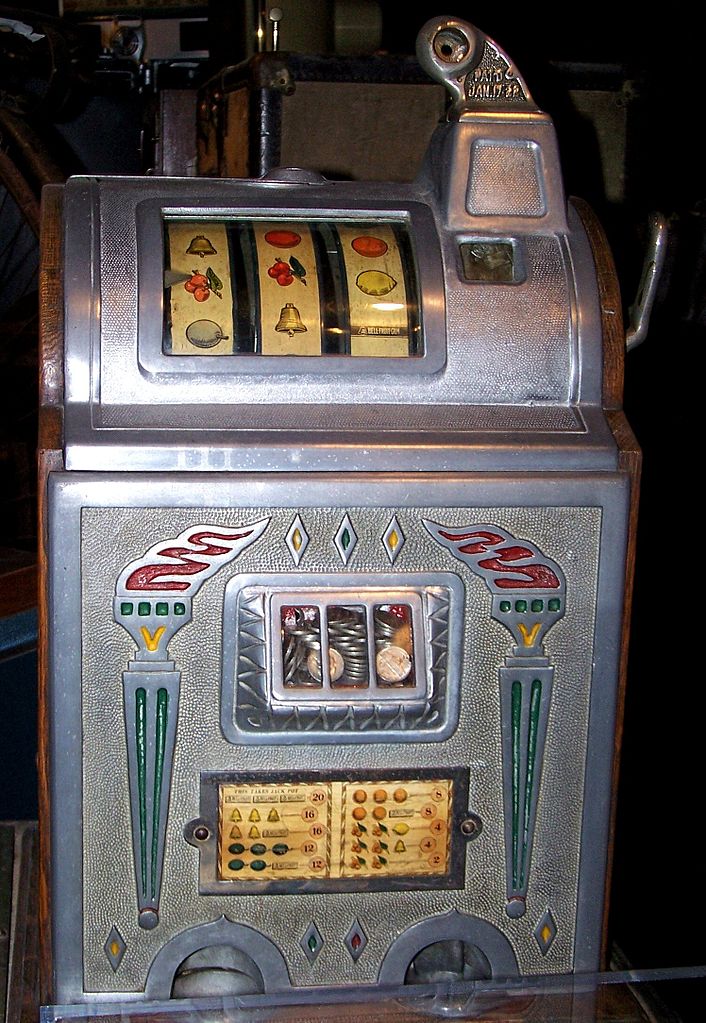
The first slot machine was invented by Sittman and Pitt in 1891. Their machine had five rotating drums with playing cards on them. Wins were paid out based on the best poker hand that could be made with the five cards. As the first game of its kind, it was very popular, but the complexity of the game, with fifty different cards and thousands of possible combinations, meant that there were just too many ways to win to allow for automatic payouts.
The slot machines that we know today were invented around 1895 by Charles Fey. He understood that simplicity was key. Fey reduced the machines to just three drums with five possible symbols, slashing the possible combinations and making it easy to make automatic payouts. It was Fey who first gave us the bell symbol, or Liberty bell as it was back then.
Over the next ten years, the slot machine was popularised by Herbert Mills, who sold them across the US in everywhere from bars to barbers to brothels. To get around gaming laws in certain states, the machines paid out fruit flavoured chewing gum as prizes, giving us the melon and cherry symbols. The ‘Bar’ symbol came a little later, as an adaptation of the Bell-Fruit Corp logo, one of the major slot machine manufacturers of the 1950s.
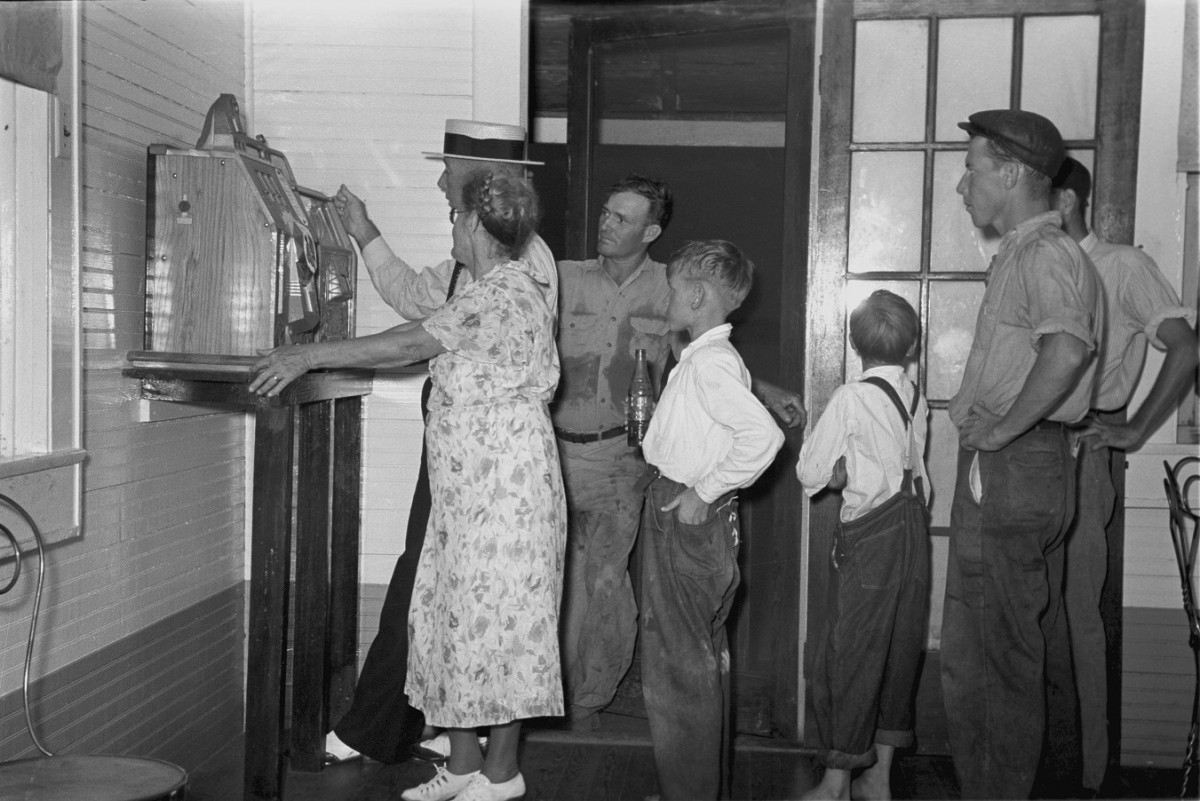
The design of slots, or fruit machines as they became known because of their symbols, remained largely unchanged until the early 1960s, when Bally Manufacturing brought out the first fully electronic gaming machine called the Money Honey. This was the first machine to have many of the features we take for granted today, such as holding and nudging reels. It was also the first to be started by a button instead of pulling a mechanical lever.
The first video slot machines appeared in 1976, followed by second screen games in 1996. However, despite these technological advances, many casino customers still enjoy the physical thrill of pulling the lever on a traditional machine; you are just as likely to see these ‘one armed bandits’ as you are to see hi-tech versions.
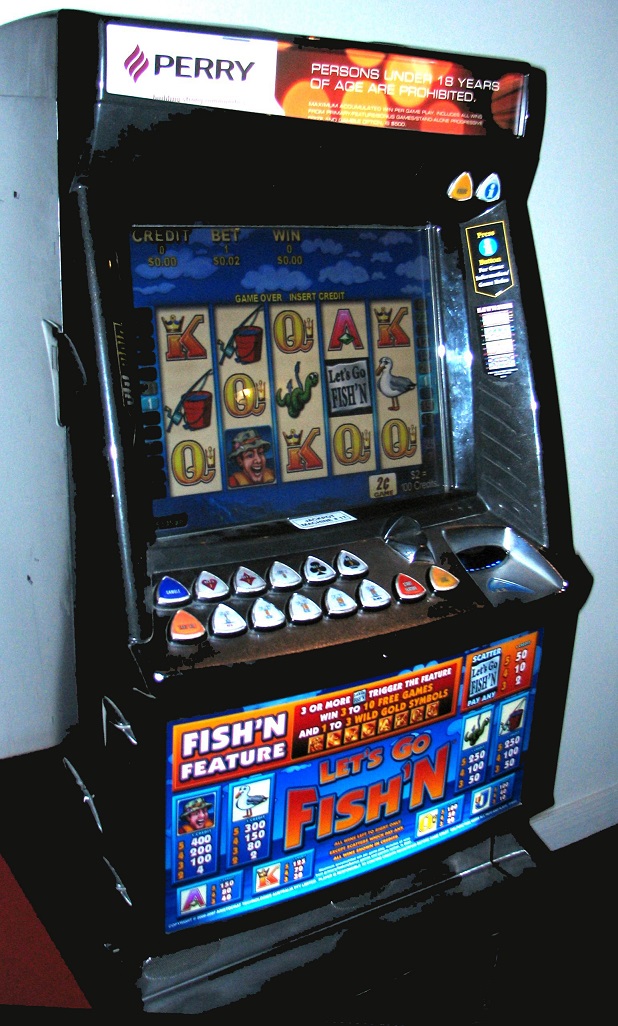
These days, of course, you can play a huge number of slot machine style games online without going anywhere near a casino or pulling a lever. These range from traditional games, which still use symbols like the cherry, melon and bell, to the very latest themed games covering everything from historic tales to tie-ins with the latest mobile phone apps.
As slot machines have moved online, traditional casinos have had to find new ways to attract players to keep their reels spinning and their profits up. One idea that has been suggested by the Gaming Control Board in Nevada, is to add an element of skill to the games, blending the popular video game culture with slot machines by rewarding players for successful acts of skill.
Whatever the future holds for slot machines, online or in casinos, one thing is for certain: there will always be players waiting with a bucket of coins, dreaming of that big jackpot.


